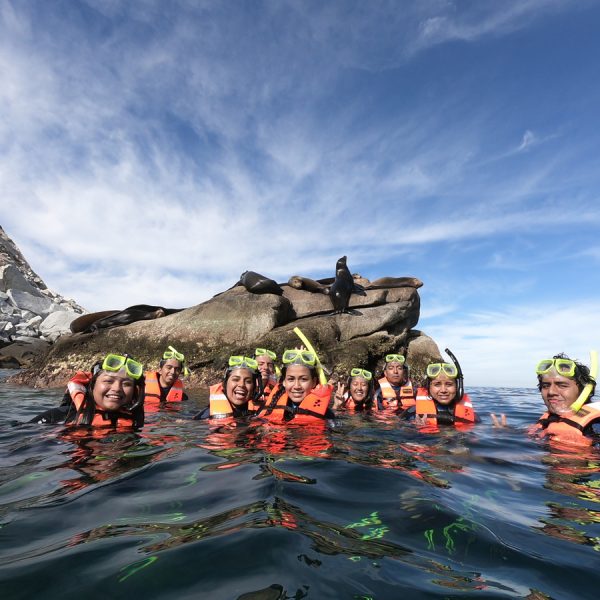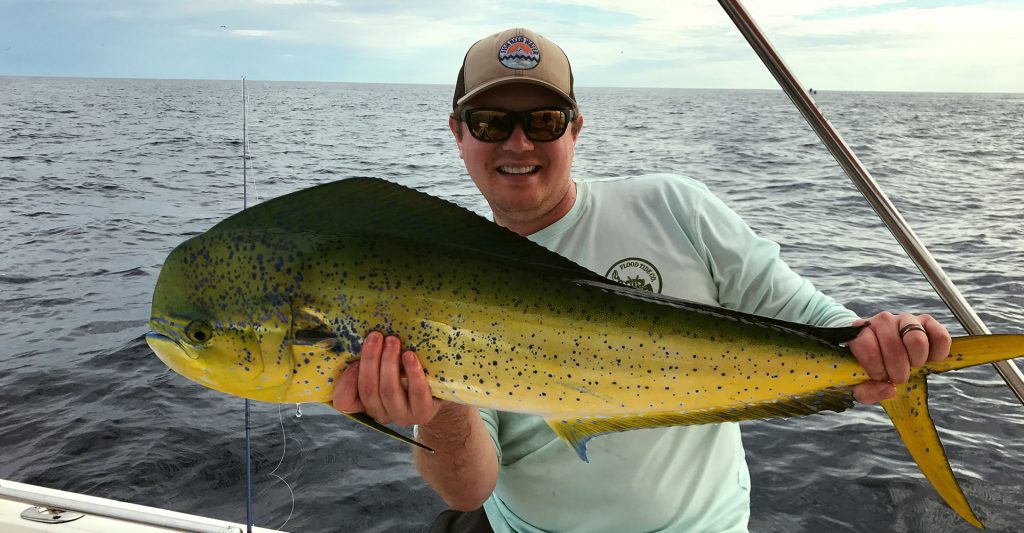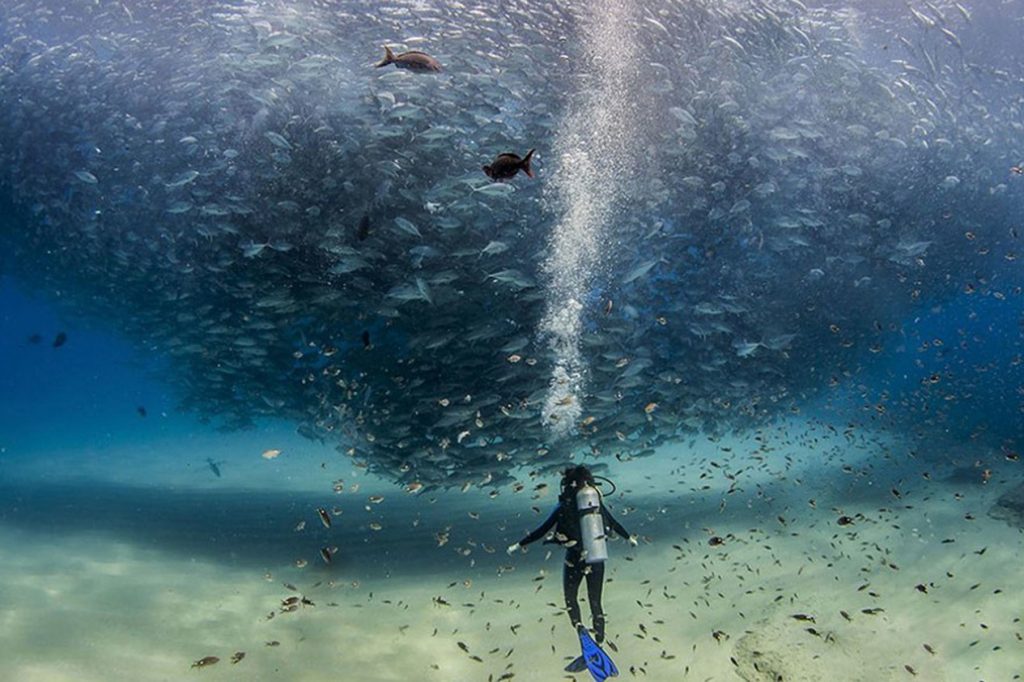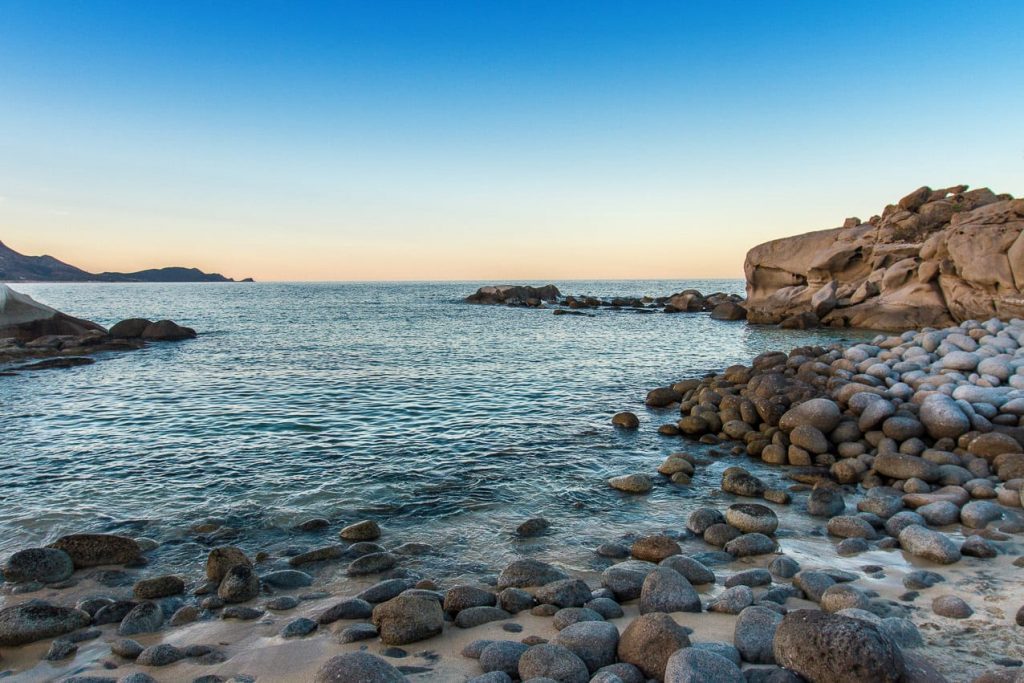Leave the nets, the hooks, the bait, their livelihood. Cabo Pulmo fishers no longer wake up before dawn to embark, cast their nets, and bring home food for their families. The anglers, their wives, and the entire Pulmo community decided to give the sea a rest to recover. The break from fishing lasted 27 years.
With the collaboration of local representatives, universities, and associations, in 1995, Cabo Pulmo was declared a National Park, which implies the protection and conservation of 7,000 hectares, 99% of which are in the sea.
Only ten years after abandoning the nets, fish species, octopuses, crabs, turtles, manta rays, jellyfish, and even sharks returned. With this, Cabo Pulmo became a world icon of marine conservation, and its inhabitants travel the world sharing their achievements so that they can be replicated.

Before giving you options that you can do on your trip, it is essential to point out that as a National Protected Area, you must respect some basic rules of environmental care. In different community points, you will find containers where you can separate and place your waste, avoid taking any shells or stones because you will leave a crab without a home, and respect the indications when hiring any ecotourism service.

Whether you decide to take a walk through the National Park just on the surface or go into the sea, it is almost certain that, without the need to submerge, you will be able to see the species that inhabit it, thanks to the high population density of marine species.
To do aquatic activities in the Park, we recommend using long-sleeved shirts for swimming; sunscreen, although biodegradable, damages the ecosystem.
We recommend visiting between October and November during the full moon periods to witness the majestic reproductive ritual of the jack mackerel fish, which form schools that reach up to 15 meters and dance in circles on the seabed until they find their mate. The jacks are silver, but to attract a mate, the males turn dark, so you can consider this to distinguish them when encountering this fantastic spectacle of nature.
You can’t miss the opportunity to enjoy the knowledge of a fishing community that can guide you, whether you are a beginner or a more experienced angler. Going into the sea with a guide will allow you to improve your technique and ensure the best catch that will make your trip unforgettable. Fishing is not permitted inside the Park, but you can go out and enjoy this option in other nearby waters.


Being a Protected Natural Area, the capacity is controlled, so you must follow the operator’s instructions you hire before diving. We recommend visiting La Esperanza and El Cien, where you can see schools of yellow snappers and garropas, or you will find beautiful specimens of bull sharks and lemon sharks and a variety of tropical fish. You will witness the wonder of seeing the first positive effects on the ecosystem from the conservation of the place.
With 8 kilometers of beaches from Punta Cabo Pulmo in the north to Punta Los Frailes in the south, the walks along these beaches are unique and can be done by mountain bike or hiking. The local captains prefer to call La Sirenita beach or Los Chopitos; it is a quiet cove with little wind, chosen by divers who need to brush up or practice before entering the reef.


The predominant flora of Cabo Pulmo are xerophytic plants or commonly known as cactus, typical of semi-desert climates. Cabo Pulmo has a semi-desert ecosystem specific to the Baja California Peninsula, contrasting with the rich waters of the Pacific Ocean and the Gulf of California, the cactus of the region are protected because of their great importance to the ecosystem, birds, and pollinators.
The reefs are very healthy, and many of the species that were not seen have returned, such as moray eels and fish, hunt together; in the seas, sharks are the most important species in the food chain; they are the indicators that Cabo Pulmo has recovered the entire ecosystem.
©Copyright 2022 Genesis de Mexico, S. de R.L. de C.V. All Rights Reserved. Serena Residences® are registered trademarks of Genesis Capital. Privacy Policy Terms of Use